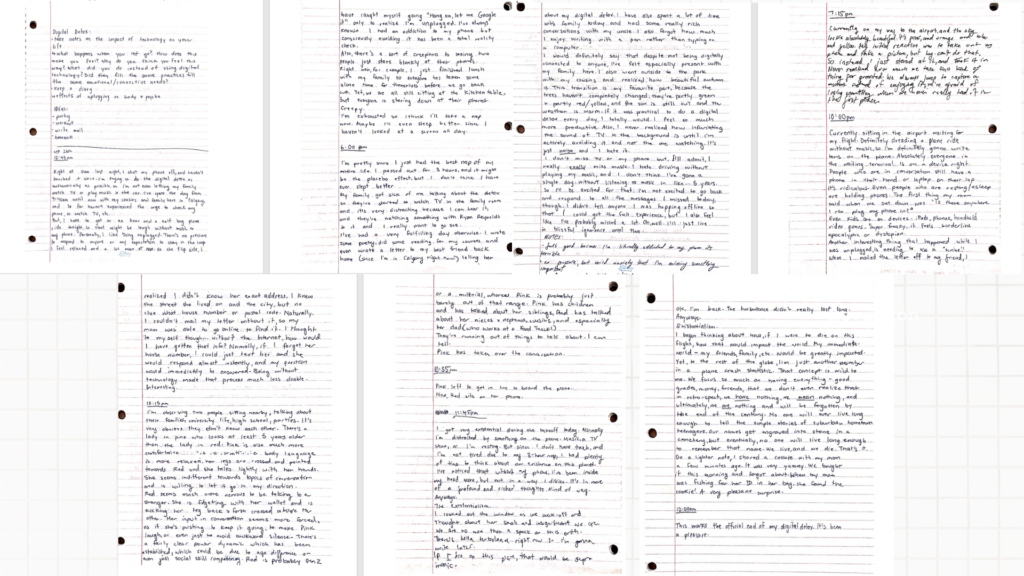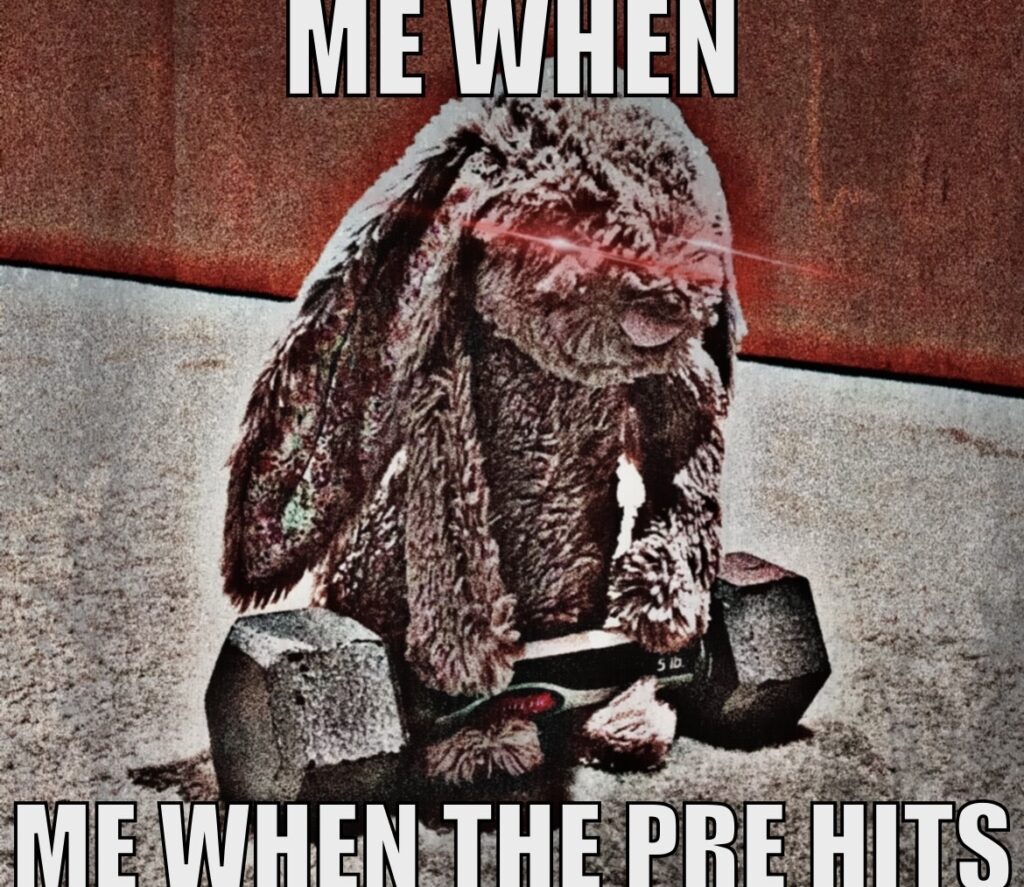The WordPress editor has me in a chokehold, and the hours spent glued to my screen send me spiraling.
At the dawn of the Spring semester, I wasn’t expecting to develop such an addiction to my blog. I would say I was excited, curious, passionate, motivated, inspired, but certainly not addicted.
I spend my transit ride to school brainstorming post ideas, and the transit home drafting those posts. I have started browsing other lifting sites and Jellycat blogs in my free-time. My Instagram algorithm has started showing me more Jellycat accounts. When I need a break from other schoolwork, I’ll edit old posts and toy around with website colours. Before I can get started on my other coursework, I check jellylift.com just to make sure it’s still up and running, and get trapped looking through the links a million times. When I’m done doing that on my laptop, I’ll grab my phone and do the exact same thing, but it’s different because the mobile site looks different and I need to see what it looks like on the mobile site. As soon as I’ve put jellylift aside and can finally get to work on something else, I catch the site icon in my over-crowded bar of open tabs and click on it just to see it again, and start editing, and following links, and the cycle endlessly turns itself over. I think about content, I consume content, I create content. It’s like a deathly mantra.
Think Content, Consume Content, Create Content, Think Content, Consume Content, Create Content, Think, Consume, Create, Think, Consume, Create, Content, Content, Content, Content.
jellylift, my modern day devil
As much passion and inspiration I feel towards my blog, and enjoy the outlet for whimsical creativity, I tend to over-think every little detail about the content I’m creating. Is it funny? Do I want it to be funny? Will people think it’s ridiculous? Do I even know enough about weightlifting to make posts about it? Should I be taking this blog more seriously? I should probably post more. Who am I even posting for? It inhabits so much space in my mind, and as I stare at the WordPress dashboard, head spinning, I switch to another screen, and then my phone steals my attention for a moment or two. Or three. Or four, until ten minutes have passed and I realize I have been mindlessly scrolling and the only (temporary) solution is to throw my phone across the room.
if my attention was ever mine, I doubt I ever had it
Thinking about this forced me to reflect on how my WordPress editor habits not only fall in line with my screen-usage habits, but perfectly mirror them. The uncontrollable desire to check Instagram, the helpless nag to refresh Snapchat, the spontaneous need to text my friend about that one thing I thought to text her about an hour ago but forgot to because the Gmail notification distracted me and pulled me to my inbox. Each and every single platform attached to my name has me in a chokehold, and as I blinked, jellylift threw itself into the mix. To quote Mod (2017), “Technology is commanding our attention in infinite, insurmountable loops,” and my blog is another step in the this lethal cycle. In Mod’s “How I Got My Attention Back” (2017), he discusses his experience with going off the grid and escaping the internet for twenty-eight days. This seems like a luxurious privilege, and as Mod (2017) humorously puts it, a “cop-out.” His time in the country got me thinking about a twenty-four hour digital detox I performed in 2021. Not only did I run away from my phone, but I boycotted every form of media; television, radio, music streaming, video games, I even printed out my class readings and assignments on paper to avoid logging into Canvas. I happened to be out of town that week, which made the escape that much more immersive as I was in an unfamiliar space. I journaled throughout the day, and documented my thoughts and experiences. In that time, I mailed my friend a handwritten letter, wrote poetry, and without constant distractions stealing my attention, I fell down an incredibly vivid and striking spiral of existentialism. Attached below are my journal entries throughout the day, attached with time stamps. Feel free to indulge.

maybe jellylift isn’t the devil…
Those twenty-four hours were the first in forever that really forced me to think about how many years I’m wasting away in front of my screen. Scrolling, searching, seeking. Instagram reels, Wikipedia rabbit holes, Netflix specials. Despite the academic urgency of posting to jellylift, the hard truth is that my blog still calls for my attention, and takes it on the train, takes it at my desk, takes it in my bed. Yet, am I not my own person? Do I not have free will and control over the things I let occupy time and space in my head? Am I not perfectly capable of shutting my laptop closed? Turning the television off? Putting my phone away? And not on my nightstand, plugged into it’s charger. Putting it away. Face down, in a bag, in a drawer, on the other side of the house. Some would argue no.
That twenty-four hour detox made me think about how many distractions are constantly being thrown at us, begging us to buy, luring us to look, calling us to consume. When searching for an excuse for our inattention, it’s easy to point the blame at technology, for “technology is such an easy scapegoat” (Mod, 2017). So, sure.
Maybe technology’s hands are bloodied from murdering our attention.
But maybe they’re sparkling clean, and our hands are the dirty ones.

